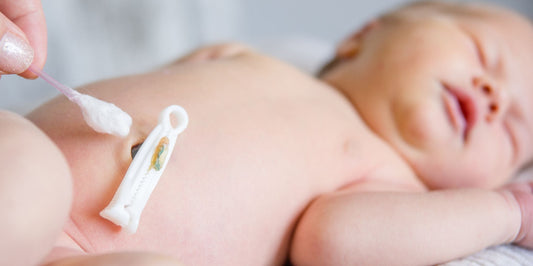Potty training is an essential milestone in a child's development, but it can also be one of the more challenging tasks for parents. Knowing when to start, what techniques to use, and how to handle accidents can make the process smoother for both the child and the parent. Here’s a step-by-step guide to help you navigate potty training effectively.
1. Know the Right Time to Start
The timing for potty training is crucial. Starting too early can lead to frustration while waiting too long might make it harder for your child to grasp the concept. Most children are ready for potty training between the ages of 18 months and 3 years. Signs that your child is ready include:
-
Staying dry for longer periods (at least two hours).
-
Showing interest in adult bathroom habits or imitating others.
-
Understanding and following simple instructions.
-
Being able to pull pants up and down independently.
-
Expressing discomfort with dirty diapers.
Every child is different, so it’s essential to look for these signs and avoid pushing them before they’re ready.
2. Introduce the Concept Gently
Before beginning formal potty training, introduce your child to the idea of using the toilet. Let them watch you or older siblings use the bathroom. You can also start by reading potty-training books and using dolls or toys to model the process. Familiarize them with the potty, whether it’s a small potty or a seat that attaches to the regular toilet.
Make sure that the process is associated with positivity and fun. It should be an exciting, rather than a stressful, experience.
3. Set Up a Routine
Create a consistent potty schedule. Encourage your child to use the toilet after meals, when they wake up, and before bed. These are times when the bladder is most active. Be patient, and don’t rush the process. Make it a fun and relaxed routine where your child doesn’t feel pressured.
4. Positive Reinforcement
Children thrive on positive reinforcement. Praise your child for trying, even if they don’t succeed. Celebrate small victories like sitting on the potty or staying dry for an extended period. Some parents find using a reward system, like stickers or extra playtime, motivates their child to continue the behavior.
Make sure that praise is immediate so your child connects the positive feedback with their actions. For example, saying, "Great job using the potty!" when they finish helps solidify the behavior.
5. Teach the Right Techniques
Help your child learn the necessary steps for using the toilet:
-
Show them how to wipe properly. For girls, teach wiping front to back to prevent infections.
-
Teach your child to flush the toilet and wash their hands afterward.
-
Be sure they’re comfortable sitting on the toilet, even if they need a step stool to reach the seat.
While your child is learning, don’t worry about perfecting every detail at once. Gradual learning is key.
6. Be Patient with Accidents
Accidents will happen, and they’re a normal part of the potty training process. React calmly and avoid punishment. Instead, reassure your child that accidents are a part of learning and they can try again next time. Make sure that your child understands that mistakes don’t lead to negative consequences. Encourage them to keep practicing.
7. Transition to Big Kid Underwear
Once your child has been consistently using the potty for a while, it’s time to make the switch to big kid underwear. This can be a big motivator for some children, as they’ll want to wear underwear like older siblings or parents. If your child resists, don’t rush the transition. It’s important that they feel ready for this step.
8. Nighttime Potty Training
Nighttime potty training often takes longer than daytime training. Children may not have full control over their bladder during the night until they’re a bit older. Use training pants or pull-ups if needed, but avoid scolding your child for nighttime accidents. When your child consistently stays dry during naps or in the morning, you can start transitioning to no nighttime diapers.
9. Know When to Seek Help
While most children learn to potty train within a few months, some may take longer. If your child seems resistant to potty training after a reasonable amount of time, or if accidents are frequent beyond the typical age, it may be worth discussing with your pediatrician. Conditions such as urinary tract infections, constipation, or developmental delays could be contributing factors.
Potty training is a journey that requires patience, consistency, and positive reinforcement. By paying attention to your child’s readiness cues, creating a positive and supportive environment, and remaining calm during accidents, you’ll help your child develop the confidence to succeed in potty training. And remember, every child learns at their own pace, so it’s okay to take your time and make adjustments along the way.






